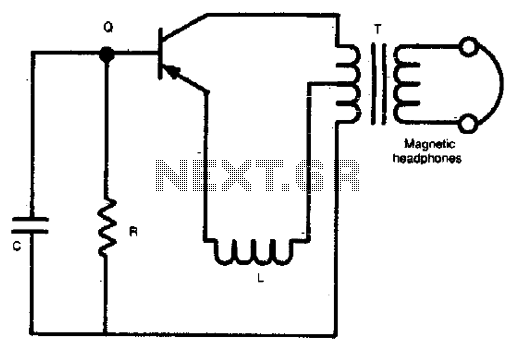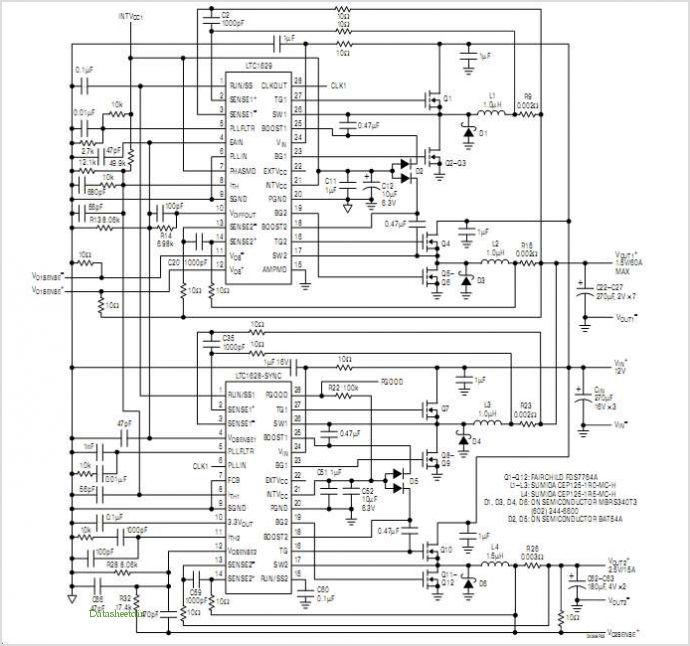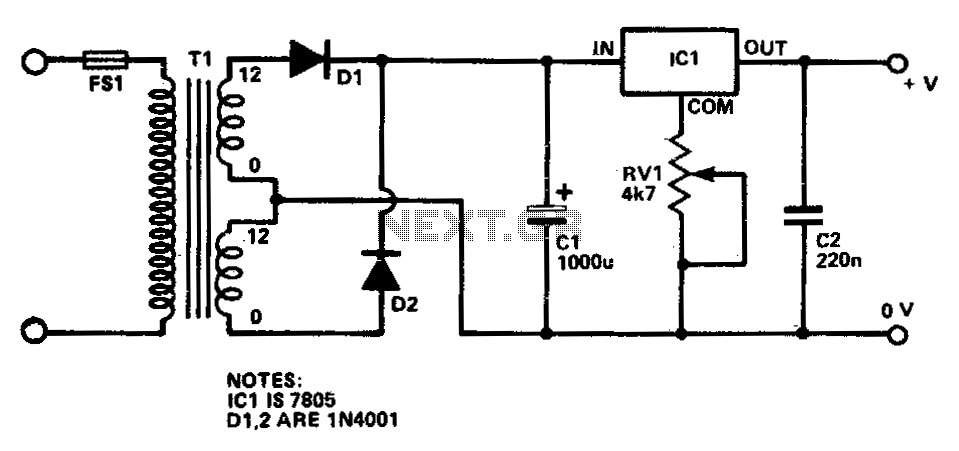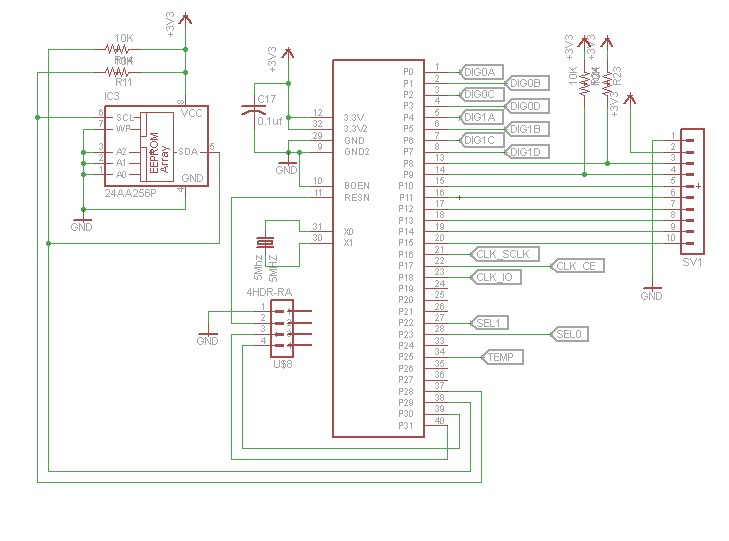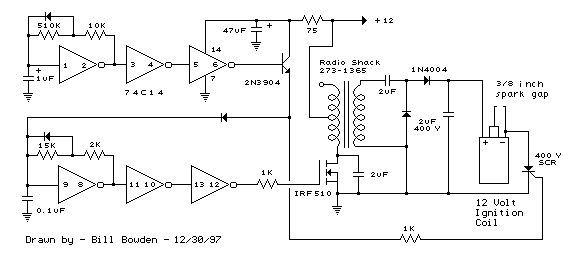
a more practical capacitor powered
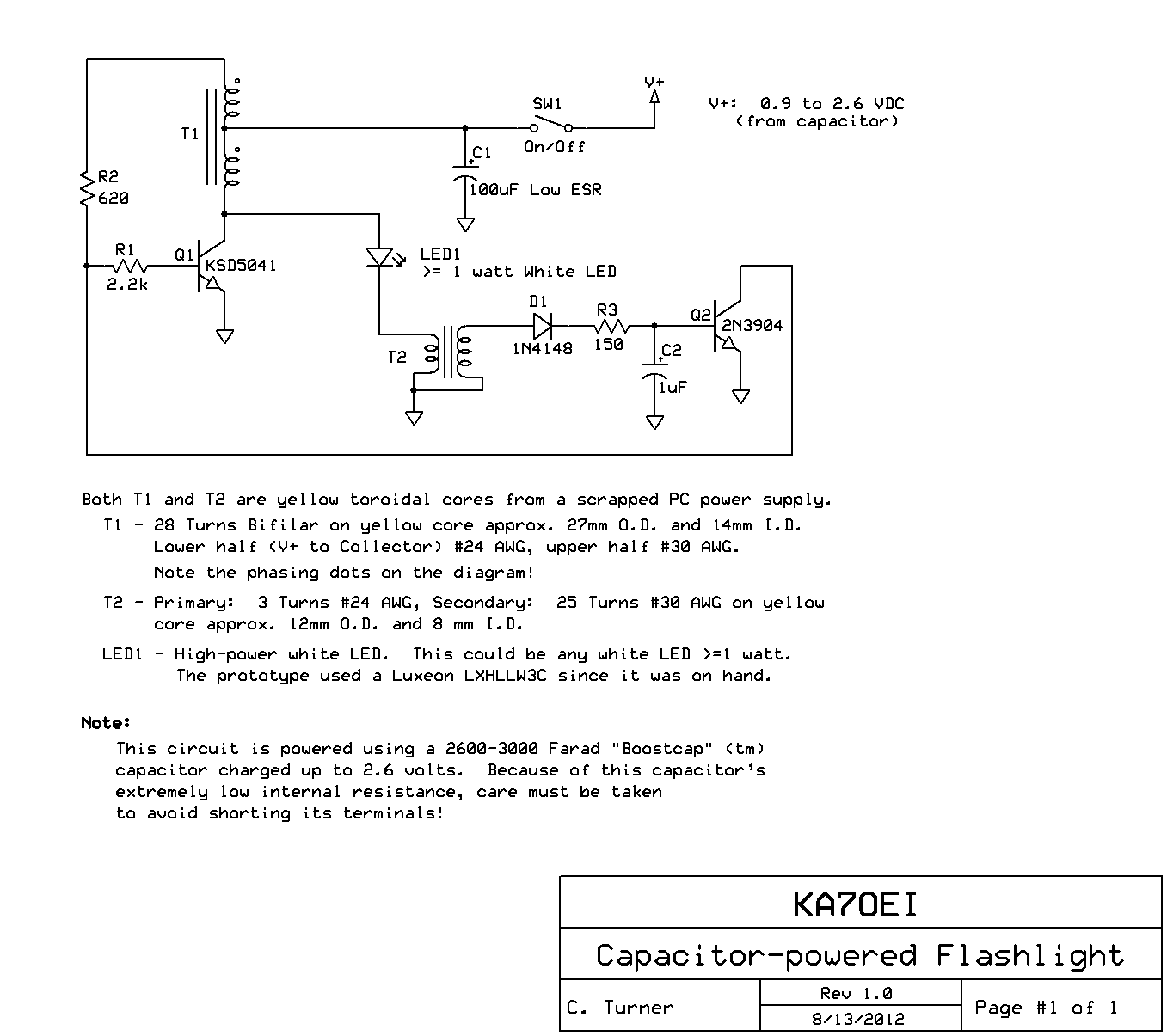
The inexpensive flashlight utilized a small (0.22 Farad) capacitor for energy storage, which provided approximately 6.6 Joules of energy, significantly less than 1/1000th of the energy contained in a single AA alkaline cell. As a standard "super capacitor," it had a high internal resistance (in the tens of ohms), resulting in a considerable loss of energy as heat during both charging and discharging. The LED in the flashlight required a minimum voltage of 2.7-3.0 volts to begin lighting and was only effectively bright at voltages between 3.6-4.2 volts, rendering a significant portion of the stored energy below 3 volts unusable. A simple switching converter could be employed to extract this additional energy and regulate the LED's current for consistent brightness across the entire charge range, with potential adjustments for brightness levels. However, the effectiveness of this approach with a high-resistance capacitor could be questionable. Previous observations indicated that the back-and-forth shaking motion was not an efficient method for generating electricity, especially when compared to a conventional crank-type generator, which could produce more energy with less human effort by rotating a smaller magnet faster across multiple poles. Crank-type generators are also scalable, allowing for varying levels of input effort to achieve comparable energy output. In many cases, a pre-existing power source (such as a charged battery, solar panels, or a plug-in power supply) could be utilized to charge the flashlight, making the need for a self-charging mechanism less practical. Rechargeable batteries already fulfill this role, suggesting that the concept of a capacitor-powered rechargeable flashlight is more of an intellectual exploration than a practical solution. Previously, The Electronic Goldmine in Arizona offered a significant quantity of Maxwell BCAP0010 BoostCaps, which were available for $6 each, boasting a capacity of 2600 Farads at 2.5 volts, with a "surge voltage" of 2.8 volts. Other models with ratings around 3 kiloFarads at 2.7 volts were available at higher prices, but supply was limited and quickly sold out, though similar capacitors may appear on surplus markets.
The circuit design for the described flashlight incorporates a super capacitor as the primary energy storage element. The capacitor, rated at 0.22 Farads, is connected in parallel with the LED load, facilitating energy delivery during operation. A switching converter is integrated into the circuit to optimize the energy utilization from the capacitor. This converter is responsible for boosting the voltage to the required levels for the LED to operate effectively, ensuring that the output voltage remains within the range of 3.6 to 4.2 volts for optimal brightness.
The switching converter operates by using a pulse-width modulation (PWM) technique to control the energy flow from the capacitor to the LED. This approach allows for efficient energy extraction, minimizing losses due to the high internal resistance of the capacitor. The converter also features feedback mechanisms that monitor the output voltage and adjust the PWM duty cycle accordingly to maintain consistent LED brightness over varying charge levels.
The circuit may include a microcontroller or a simple comparator circuit to provide feedback for regulating the LED current. This ensures that the LED operates within safe limits, preventing damage due to overcurrent conditions. Additionally, the design could incorporate a simple user interface, such as a switch or a potentiometer, allowing users to adjust the brightness of the LED as desired.
In summary, the circuit design leverages the capabilities of a super capacitor and a switching converter to create an efficient flashlight system. Although the practical application of such a design may be limited due to the availability of alternative power sources, it presents an interesting exploration of energy storage and conversion technologies in portable lighting solutions. The use of high-capacity capacitors, such as the Maxwell BoostCaps, could further enhance the performance and efficiency of such a system, should they become available in the surplus market.The cheap flashlight had a rather small (0. 22 Farad) capacitor for energy storage - not very much energy, really, approximately 6. 6 Joules maximum or less than 1/1000th of what a single AA alkaline cell contains! Being a standard "super cap" its internal resistance was quite high (10`s of ohms) which meant that a large percentage of the energy dumped into it during charging and that extracted from it to run the LED was lost as heat - not much heat, but heat just the same. A switching converter to run the LED. The LED didn`t even begin to light until 2. 7-3. 0 volts or so appeared across the capacitor and it isn`t usefully bright until there is 3. 6-4. 2 volts available which meant that a significant portion of the energy in the capacitor (all of that at voltages of 3-ish volts and below) was unusable. A simple switching converter would allow both extraction of that additional energy as well as regulate the LED`s current so that its brightness was more consistent over the entire charge range and, in theory, could also be adjusted upwards or downwards as necessary.
The efficacy of trying this with a capacitor of high internal resistance would probably be dubious. One of the conclusions in this earlier article was that the back-and-forth shaking motion wasn`t a very efficient means of generating electricity - both in terms of expended muscle energy (since you have to move and stop the entire mass of your arm!) and compared to a conventional crank-type generator - and it would necessarily be larger and heavier in order to be more efficient. By using a conventional spinning generator and gearing up rotational speed, one can more-efficiently rotate a smaller magnet faster in a larger number of poles with a motion that requires less human effort.
What`s more, a crank-type generator is quite "scalable" in its input: You could crank it fairly gently for a long time or do so vigorously for a shorter time and get roughly comparable results in terms of total energy output - with reason, of course. What is more likely in most situations is that one actually has a source of power somewhere (an already-charged battery, solar panels, a plug-in power supply, etc.
) that can be used to charge the flashlight and that it`s unnecessary to actually bring along the means of charging the battery with you. Such devices are already available in the form of batteries, particularly rechargeables, so having a capacitor-powered rechargable flashlight is more of an intellectual exercise rather than one of practicality, but being practical has not always been much of a deterrent to the experimenting nerd!
Some time ago The Electronic Goldmine in Arizona had a large quantity of Maxwell BCAP0010 BoostCaps tm* available. These were obtained for just $6 each had a rated capacity of 2600 Farads (yes, that`s 2. 6 kF or kiloFarads!) at 2. 5 volts with a "surge voltage" of 2. 8 volts - whatever that means. Comment: I noted that at other times they had models that were rated at around 3 kiloFarads at 2. 7 volts, but these were sold for far more than $6 each. Alas, as is the nature of surplus, the supply was limited and they sold out fairly quickly. Sometimes these types of capacitors will show up elsewhere on the surplus market so if you want some 🔗 External reference
The circuit design for the described flashlight incorporates a super capacitor as the primary energy storage element. The capacitor, rated at 0.22 Farads, is connected in parallel with the LED load, facilitating energy delivery during operation. A switching converter is integrated into the circuit to optimize the energy utilization from the capacitor. This converter is responsible for boosting the voltage to the required levels for the LED to operate effectively, ensuring that the output voltage remains within the range of 3.6 to 4.2 volts for optimal brightness.
The switching converter operates by using a pulse-width modulation (PWM) technique to control the energy flow from the capacitor to the LED. This approach allows for efficient energy extraction, minimizing losses due to the high internal resistance of the capacitor. The converter also features feedback mechanisms that monitor the output voltage and adjust the PWM duty cycle accordingly to maintain consistent LED brightness over varying charge levels.
The circuit may include a microcontroller or a simple comparator circuit to provide feedback for regulating the LED current. This ensures that the LED operates within safe limits, preventing damage due to overcurrent conditions. Additionally, the design could incorporate a simple user interface, such as a switch or a potentiometer, allowing users to adjust the brightness of the LED as desired.
In summary, the circuit design leverages the capabilities of a super capacitor and a switching converter to create an efficient flashlight system. Although the practical application of such a design may be limited due to the availability of alternative power sources, it presents an interesting exploration of energy storage and conversion technologies in portable lighting solutions. The use of high-capacity capacitors, such as the Maxwell BoostCaps, could further enhance the performance and efficiency of such a system, should they become available in the surplus market.The cheap flashlight had a rather small (0. 22 Farad) capacitor for energy storage - not very much energy, really, approximately 6. 6 Joules maximum or less than 1/1000th of what a single AA alkaline cell contains! Being a standard "super cap" its internal resistance was quite high (10`s of ohms) which meant that a large percentage of the energy dumped into it during charging and that extracted from it to run the LED was lost as heat - not much heat, but heat just the same. A switching converter to run the LED. The LED didn`t even begin to light until 2. 7-3. 0 volts or so appeared across the capacitor and it isn`t usefully bright until there is 3. 6-4. 2 volts available which meant that a significant portion of the energy in the capacitor (all of that at voltages of 3-ish volts and below) was unusable. A simple switching converter would allow both extraction of that additional energy as well as regulate the LED`s current so that its brightness was more consistent over the entire charge range and, in theory, could also be adjusted upwards or downwards as necessary.
The efficacy of trying this with a capacitor of high internal resistance would probably be dubious. One of the conclusions in this earlier article was that the back-and-forth shaking motion wasn`t a very efficient means of generating electricity - both in terms of expended muscle energy (since you have to move and stop the entire mass of your arm!) and compared to a conventional crank-type generator - and it would necessarily be larger and heavier in order to be more efficient. By using a conventional spinning generator and gearing up rotational speed, one can more-efficiently rotate a smaller magnet faster in a larger number of poles with a motion that requires less human effort.
What`s more, a crank-type generator is quite "scalable" in its input: You could crank it fairly gently for a long time or do so vigorously for a shorter time and get roughly comparable results in terms of total energy output - with reason, of course. What is more likely in most situations is that one actually has a source of power somewhere (an already-charged battery, solar panels, a plug-in power supply, etc.
) that can be used to charge the flashlight and that it`s unnecessary to actually bring along the means of charging the battery with you. Such devices are already available in the form of batteries, particularly rechargeables, so having a capacitor-powered rechargable flashlight is more of an intellectual exercise rather than one of practicality, but being practical has not always been much of a deterrent to the experimenting nerd!
Some time ago The Electronic Goldmine in Arizona had a large quantity of Maxwell BCAP0010 BoostCaps tm* available. These were obtained for just $6 each had a rated capacity of 2600 Farads (yes, that`s 2. 6 kF or kiloFarads!) at 2. 5 volts with a "surge voltage" of 2. 8 volts - whatever that means. Comment: I noted that at other times they had models that were rated at around 3 kiloFarads at 2. 7 volts, but these were sold for far more than $6 each. Alas, as is the nature of surplus, the supply was limited and they sold out fairly quickly. Sometimes these types of capacitors will show up elsewhere on the surplus market so if you want some 🔗 External reference
